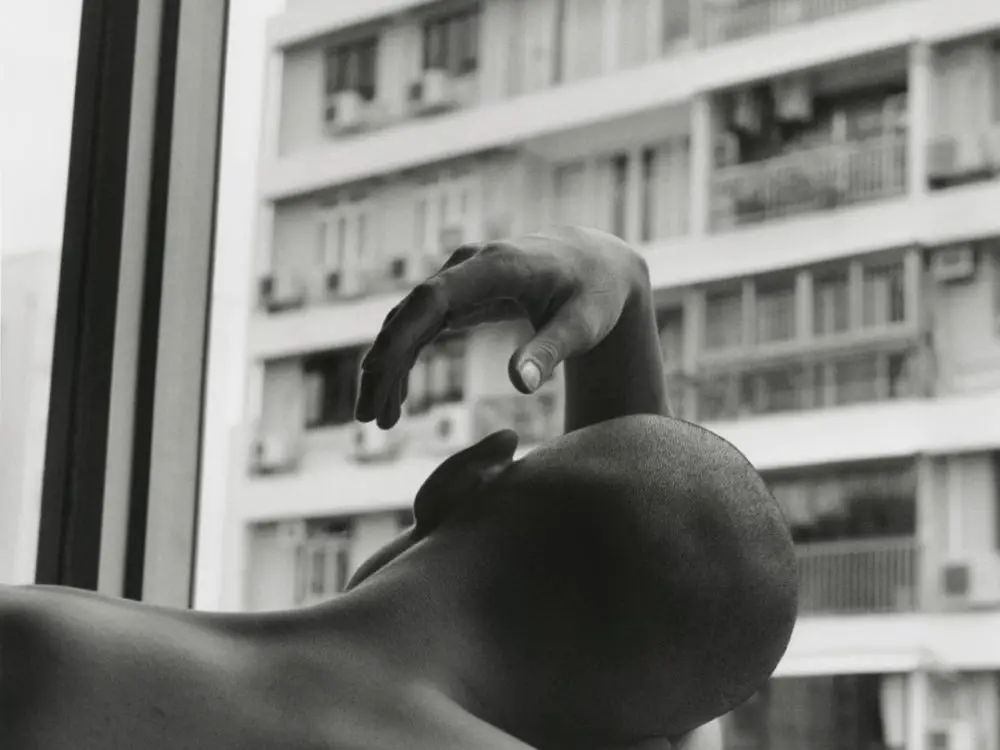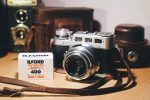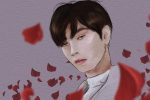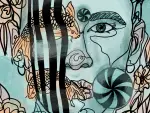Photography holds the ability to capture a moment in time; more specifically, it portrays movements, history and culture. Photography can shape our perception of the world and provide a fresh lens to different perspectives. It’s an art that captures reality and turns the mundane into social commentary. Here are some photographers that depict and challenge societal norms of masculinity and gender to provide a diverse range of what today’s youth looks like.
1. Alexandra Leese
Alexandra Leese was raised in Hong Kong until she moved to London at age 11. As an adult, she wanted to return to her hometown and there, she discovered how youth presented their identities. She began her “Boys of Hong Kong” project.
It features intimate portraits of young Chinese men and aims to break prejudices toward Asian male masculinity. Leese said, “Very often, in the west, Asian men are not seen as ‘attractive.’ They are seen as effeminate, homogenous, or ‘all looking the same.’ It’s way past time to counter these prejudices, and I wanted to do so in a positive way by creating and showing a set of portraits that celebrates a diversity of masculine beauty and character.”
https://www.instagram.com/p/Bj6qpiHFC58/
Her photos feature a distinctive range of men: some with short buzz-cuts, others with waist-length, silky hair, and many in-betweens. These men have different forms of self-expression, with some sporting colored hair and piercings. They’re also affectionate, as the collection features men embracing and putting arms around each other’s shoulders.
Leese noted the attitudes of young boys are shifting toward more open-minded ideas of expression. She cited that while working, she wrongly assumed that her youngest subjects, a pair of schoolboys, were dating because of how affectionate they were with one another. They questioned, “Why can girls be affectionate [with one another] but guys can’t be?”
Through photography, Leese demonstrates that men “can create their own idea of what it means to be a man.” Masculinity is often associated with certain traits, like being muscular and stoic. However, Leese defies these simple constraints. Her images capture men who demonstrate their masculinity as individuals, instead of fitting into a rigid and traditional stereotype.
They are not aggressive or sexualized, like many of the male models and actors in modern media; instead, they are tender and intimate. On the project, Leese said, “This generation is simply more willing to question the constructs.”
2. Bex Day
“I personally wanted to create a body of work that was empathetic and sensitive to the transgender community,” said UK-based photographer Bex Day on her project “Transgender series for Adobe Stock.” She added, “I wanted to make photos that are representative and authentic, that have feeling and compassion towards an under-represented community, which I thought other stock imagery I had seen previously really lacked.”
https://www.instagram.com/p/BtgGKy5ghu3/
Day’s series for transgender individuals is human and provides rare visibility to the community. Her subjects were photographed in their homes and in nature and told to wear “what made them feel like them.” The portraits capture diverse expressions and tenderness.
Day noted that general attitudes toward transgender issues must be “radically transformed.” Unfortunately, the transgender community has unjustly faced an immense amount of hatred and prejudice. While there’s still a long way to go in terms of fully accepting and integrating transgender rights into society, her collection is a stepping stone for trans representation.
3. Vivek Vadoliya
Vivek Vadoliya is a British Indian portrait photographer. His project “Brotherhood” explores British-South Asian masculinity and identity. It’s a portrait series that depicts a wide range of different South Asian men. The images’ simple cloth backdrop and golden-brown hues provide uniformity for Vadoliya’s subjects to shine. He said the project (and photography as a whole) has been “a great tool to help [him] understand [himself] and delve a little deeper.”
https://www.instagram.com/p/Bsc_VAcAgTG/
Like “Boys of Hong Kong,” the men in “Brotherhood” present their own sense of masculinity. Some of them carry shy expressions, positioning themselves with natural slouches and soft eyes; others are self-assured and liberated, with assertive gazes and unapologetic poses. Vadoliya said, “Coming from a patriarchal Asian background, I’ve always questioned what the role of a man is in society.”
The photographs in “Brotherhood” are a tribute to different expressions of masculinity and provide an authentic and vulnerable collection of South Asian men. The series illustrates that masculinity comes in many forms, and provides an image of men that isn’t reduced to traditional “manly” traits. Instead, it presents men as diverse individuals.
4. Luo Yang
Photographer Luo Yang explores what it means to be a part of the Chinese Gen Z with her series “New Generation.” It documents the lives of youth, as Yang captures individuality and showcases the ever blurring lines between gender roles and identity. Her project features gender nonconforming, genderfluid and transgender individuals. The series is vibrant in color and emphasizes the desire for self-expression — demonstrating fluidity among the use of different hairstyles, fashion, nail polish and makeup.
Yang depicts everyday moments like brushing your teeth, lying in bed, and hugging loved ones, and turns them into something more. She gives them meaning and creates a collection of youth culture. Yang wanted to explore shifting attitudes and stated that “China is changing so fast, and people nowadays are incredibly open.” Her series opens a new perspective on Chinese youth. Yang said, “One thing that impresses me [about this generation] is their more fluid definition of gender or sex, and the possibilities in life that they are able to explore in the world.”
https://www.instagram.com/p/B0qmVJ5p_v0/
These photographers have succeeded in creating honest, tender and intimate portraits of youth to showcase a wide spectrum of individuality. Everyone identifies themselves differently, but it’s both unfair and unreasonable to expect people to conform to certain gender constraints simply because it’s “the norm.”
Some will be perfectly happy to follow the expectations of their gender, and that’s fine because they’re comfortable doing so. However, it’s time to recognize that it is necessary to respect and accept all forms of gender expression and identity.

















